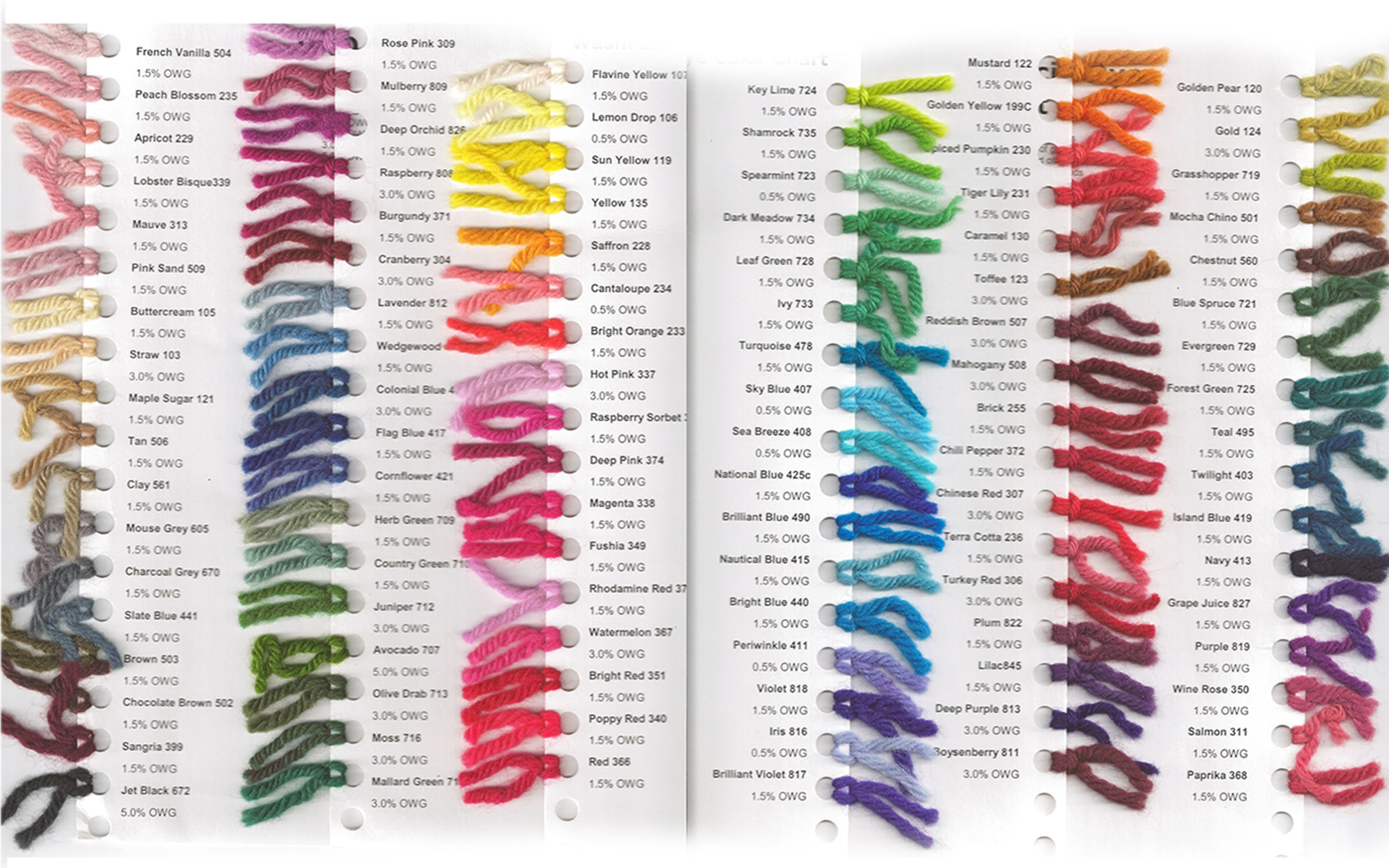

UV-C irradiation (254 nm) was applied at varying doses (0, 1 and 15 kJ m –2 ) using the same setup and protocol as described in Collings et al. However, work exploring the effects of UV-C on fresh tea leaves and subsequent changes during processing has not been reported to date.

(26,27) Severe cellular damage inflicted by UV-C could be incorporated during tea processing to enhance the fermentation (catechin oxidation). High doses of UV-C cause cell disruption (cell membrane damage) in a variety of fresh leaf produce including spinach and lettuce. (25) Consequently, low doses of UV-C could increase the amount of flavor compounds in a tea shoot. (22) Enhanced biochemical profiles have been reported for various fresh produce including table grapes, (23) fresh black pepper berries, (24) and leafy vegetables. Thus, low doses of UV-C have been studied on various fresh produce (as an abiotic elicitor) in an attempt to stimulate the production of defence-related compounds (hormesis), which can confer health promoting benefits to consumers (xenohormesis). However, effects of UV-A and UV-B on post-harvest quality are less pronounced (21) compared to those of UV-C application. Incorporating ethylene during withering could shorten the tea manufacturing process, while UV-C could enhance the accumulation of flavor-related compounds.Ĭhanges in biochemical composition and enhanced senescence has also been observed with the application of UV radiation. Exogenous ethylene significantly increased the metabolic rate (40%) and moisture loss (30%) compared to control during simulated withering (12 h at 25 ☌) and upregulated transcripts associated with responses to dehydration and abiotic stress, such as those in the ethylene signaling pathway ( viz. Px2, Px4, and P圆) and polyphenol oxidases ( PPO-1) occurred. Concomitantly, a rapid change to brown/red, an increase in electrolyte leakage, and the upregulation of peroxidases ( viz.

UV-C irradiation (15 kJ m –2) initiated oxidation of catechins into theaflavins, increasing theaflavin-3-monogallate and theaflavin digallate by 5- and 13.2–4.4-fold, respectively, at the end of withering. Using a combination of biochemical, transcriptomic, and physiological analyses, we elucidated the mechanisms of physical and chemical withering of tea shoots subjected to UV-C and ethylene treatments.


 0 kommentar(er)
0 kommentar(er)
